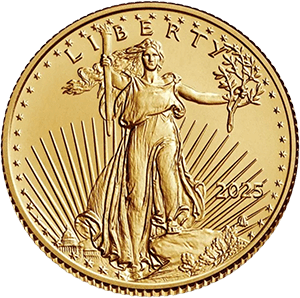
In 2025, a quiet but powerful movement is underway: central banks around the globe are snapping up gold at record levels. This isn’t just a temporary trend—it’s a strategic shift. From Beijing to Brasília, the world’s top monetary authorities are increasing their gold reserves at a pace not seen since the 1960s.
But why?
Let’s explore what’s fueling this global gold rush—and why it matters to everyday investors like you.
1. Trust in the U.S. Dollar Is Eroding
For decades, the U.S. dollar has been the world’s primary reserve currency. But amid growing geopolitical tension, inflationary concerns, and fiscal uncertainty in the U.S., many countries are reassessing their exposure to dollar-denominated assets.
Gold offers a non-political, non-debt-based alternative. It’s a form of insurance that central banks are turning to as they prepare for a more multipolar monetary system.
2. Geopolitical Uncertainty Favors Gold Over Bonds
Global conflicts—from the Ukraine war to China-Taiwan tensions—are making fiat-based reserve strategies riskier. U.S. Treasuries, once considered the safest asset class, are increasingly viewed through a political lens.
Gold, on the other hand, has no counterparty risk. It’s a borderless, timeless store of value, and in times of conflict or sanction, it becomes even more attractive.
3. Emerging Markets Are Leading the Charge
According to the World Gold Council, China, Turkey, India, Russia, and Kazakhstan have all significantly increased their gold holdings in the past year.
This isn’t just about hedging—it's about strategic independence. These nations are diversifying their reserves to protect against currency shocks and to exert more control over their economic futures.
In 2024 alone, global central bank gold purchases surpassed 1,000 metric tons, and 2025 is on pace to eclipse that.
4. Basel III & Gold’s Elevated Status
Under Basel III regulations, gold has been reclassified as a Tier 1 asset—the same as cash and government bonds. This change, which took effect in phases starting in 2021 and is now fully implemented across many banking systems, means gold can be held without a capital discount on balance sheets.
Translation? Holding gold is now even more attractive for both central banks and commercial banks.
5. Inflation Hedges Aren’t What They Used to Be
Traditional hedges like real estate and long-term bonds are more volatile than they used to be. With inflation stubbornly persistent and interest rate policy uncertain, gold remains one of the few assets that consistently holds purchasing power over time.
Central banks know this—and their behavior reflects a flight to tangible value.
6. What It Means for Private Investors
Central banks aren’t speculators—they're the most conservative, risk-averse participants in global finance. When they buy gold, it's not about short-term gains—it's about long-term preservation.
If the stewards of national economies are betting on gold in 2025, what message does that send?
It signals confidence in gold’s future—and doubt in paper promises.
Your Opportunity to Follow the Smart Money
Private investors now have the chance to follow the same strategy as central banks—by allocating part of their portfolio to physical gold.
Whether through a Gold IRA or direct bullion ownership, this is more than an investment—it’s a financial safeguard.
Get a Free Precious Metals Wealth Checkup
Ready to explore how gold fits into your financial plan?
Our team at American Standard Gold offers a no-obligation portfolio review to help you make informed, long-term decisions. We’ll show you how the smartest institutions are protecting their reserves—and how you can do the same.

